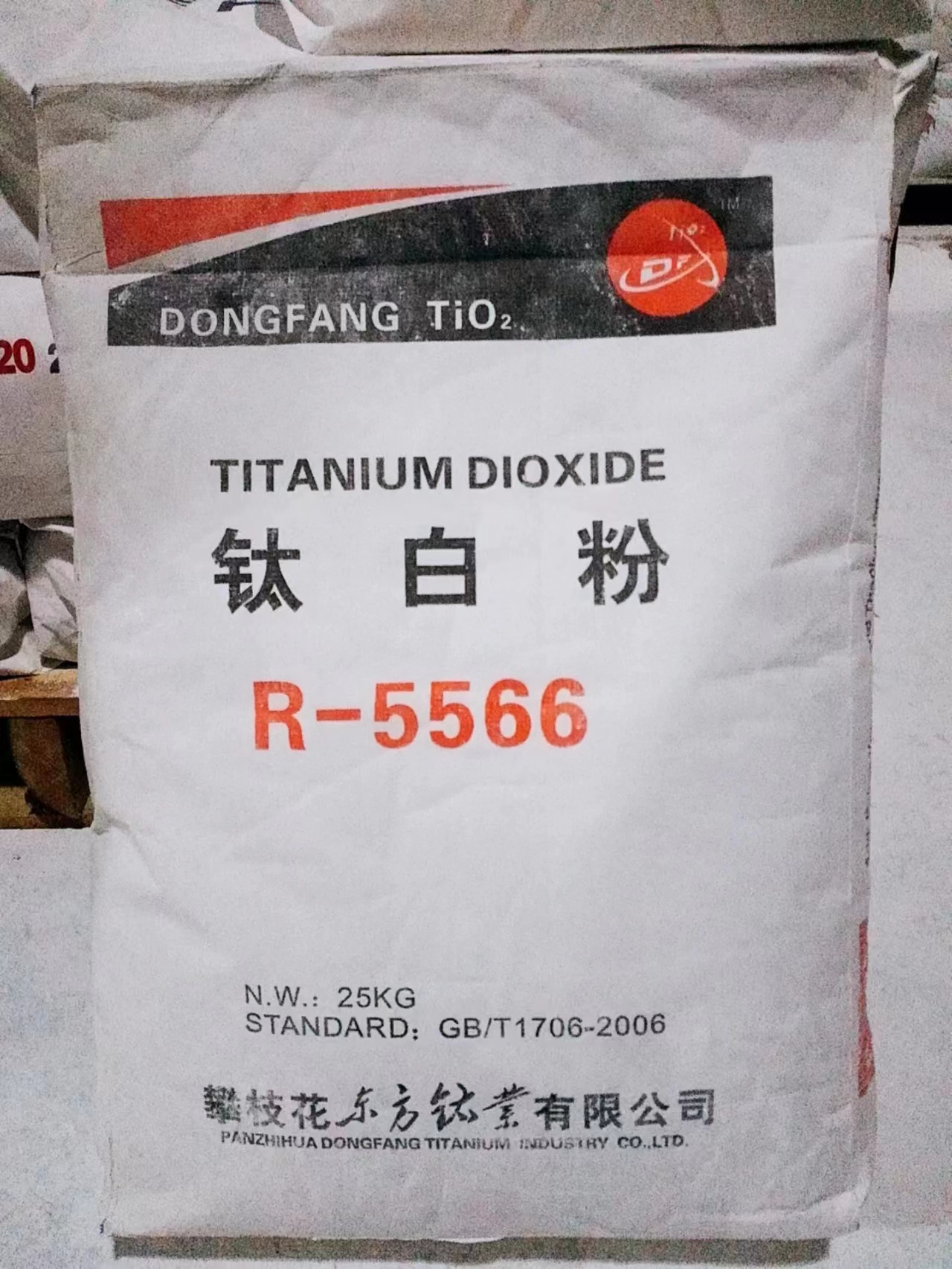
Nov . 08, 2024 01:12 Back to list
Production of Anatase Titanium Dioxide Nanoparticles in Advanced Manufacturing Facilities
An Overview of Anatase Titanium Dioxide Nanoparticles Factories
Titanium dioxide (TiO2) is a highly effective and widely utilized material known for its exceptional photocatalytic, chemical stability, and UV filtering properties. Among its various polymorphs, anatase titanium dioxide nanoparticles have garnered significant attention in various applications, ranging from environmental remediation to enhancing the performance of photovoltaic cells. The growing demand for these nanoparticles has led to the establishment and expansion of dedicated factories that specialize in their production. This article explores the processes, applications, and future prospects of anatase titanium dioxide nanoparticle factories.
Manufacturing Process
The production of anatase titanium dioxide nanoparticles typically involves several key steps, including synthesis, purification, and characterization. Factories utilize various synthesis methods such as sol-gel, hydrothermal, and chemical vapor deposition (CVD) to produce high-quality nanoparticles. The sol-gel method is particularly popular due to its ability to produce nanoparticles at relatively low temperatures, making it cost-effective and energy-efficient.
Once synthesized, the nanoparticles undergo purification to remove any residual precursors or impurities that might affect their properties. This step is crucial, as the purity of titanium dioxide significantly influences its photocatalytic efficiency and other functional characteristics. Characterization techniques, including X-ray diffraction (XRD), scanning electron microscopy (SEM), and transmission electron microscopy (TEM), are employed to analyze the size, shape, and crystalline structure of the nanoparticles, ensuring they meet the required specifications for various applications.
Applications of Anatase Titanium Dioxide Nanoparticles
Anatase titanium dioxide nanoparticles are known for their versatility and effectiveness in various fields. One of the primary applications is in environmental remediation, where these nanoparticles serve as photocatalysts for the degradation of organic pollutants in wastewater and air purification. When exposed to UV light, anatase TiO2 generates reactive oxygen species that break down harmful substances, offering a sustainable solution to pollution control.
In the field of renewable energy, anatase TiO2 nanoparticles are incorporated into solar cells, particularly dye-sensitized solar cells (DSSCs). Their ability to increase light absorption and enhance charge separation contributes to higher energy conversion efficiencies. Furthermore, they are increasingly used in the coating industry for producing self-cleaning surfaces due to their photocatalytic properties, which enable the breakdown of organic materials and pollutants on surfaces exposed to sunlight.
anatase titanium dioxide nanoparticles factories

In addition, the cosmetics industry has recognized the potential of anatase titanium dioxide nanoparticles as UV blockers
. They are often used in sunscreen formulations to provide effective protection against harmful UV radiation while being safe for the skin due to their non-toxic nature.Challenges and Future Prospects
Despite the promising applications of anatase titanium dioxide nanoparticles, several challenges persist in their production and application. One significant concern is related to the environmental impact of large-scale production, as the synthetic routes may involve hazardous chemicals. Therefore, factories are increasingly adopting greener production methods and processes to minimize their ecological footprint, such as using bio-based materials and energy sources.
Another challenge is the scalability of nanoparticle production. While laboratory-scale synthesis has achieved promising results, scaling up the processes for industrial production requires careful optimization to maintain quality and consistency. Ongoing research aims to address these challenges by developing new synthesis techniques that ensure uniformity and high yield of nanoparticles.
The future of anatase titanium dioxide nanoparticles in various industries appears promising. The continuous advancements in nanotechnology and materials science will likely lead to innovative applications and enhanced performance of these nanoparticles. As the demand for sustainable and efficient materials grows, factories specializing in anatase titanium dioxide nanoparticles will play a crucial role in addressing environmental challenges and supporting renewable energy solutions.
Conclusion
In conclusion, anatase titanium dioxide nanoparticles are emerging as vital materials in various industries, paving the way for innovative applications that enhance environmental sustainability and energy efficiency. Factories dedicated to their production are increasingly focusing on optimizing manufacturing processes and ensuring environmental compliance. As research and technology advance, the potential for anatase titanium dioxide nanoparticles is vast, promising significant contributions to a more sustainable future in numerous sectors.
-
Premium 6618 Titanium Dioxide for GPT-4 Turbo Applications
NewsJul.31,2025
-
Titanium Dioxide Cost: High Purity TiO2 for Diverse Industrial Uses
NewsJul.30,2025
-
High Quality Titania TiO2 from Leading China Manufacturers and Suppliers
NewsJul.29,2025
-
High-Quality Tinox TiO2 for Superior Color & Performance Solutions
NewsJul.29,2025
-
High Quality Titania TiO2 from Leading China Supplier & Manufacturer
NewsJul.29,2025
-
High-Performance r6618 TiO2 for Superior Whitening and Versatility
NewsJul.28,2025
